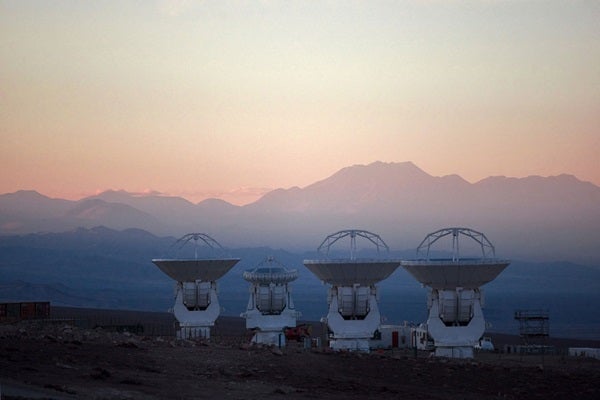We’ve seen that low-mass clumps of gas within the Taurus molecular cloud do not form any stars more massive than a few solar masses. In contrast, larger clouds of several thousand solar masses — from which the Orion Nebula cluster recently formed — have made several stars heavier than 20 solar masses. (Low-mass red dwarfs still make up the vast majority of stars in this cluster.) At first glance, big fish are expected only in big ponds.
However, the question of how high-mass stars form remains rather hazy because they are rare, far away, and dust obscures their nurseries. Normally, we’d expect a molecular cloud of several hundred solar masses to fragment into a cluster of many low-mass stars and a few massive stars. But occasionally, conditions might cause it to collapse directly to only one (or two) enormous star.
This leaves an open question relating to whether seeds of massive stars can accrete enough matter to form within, say, 100,000 years. A potential alternative is that such monsters instead grow from mergers of lower-mass stars within their exceptionally dense protocluster cores. The Atacama Large Millimeter/submillimeter Array should help address questions of massive star formation because of its high angular resolution and sensitivity at wavelengths that can penetrate dust. — Paul Crowther, University of Sheffield, England










